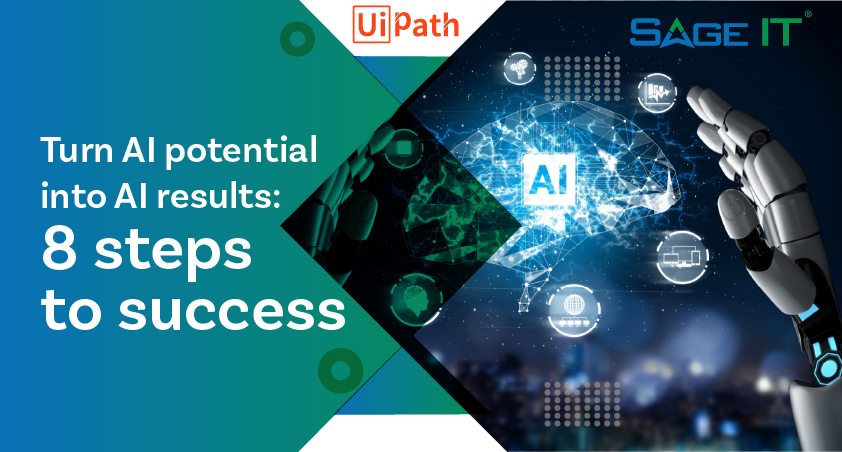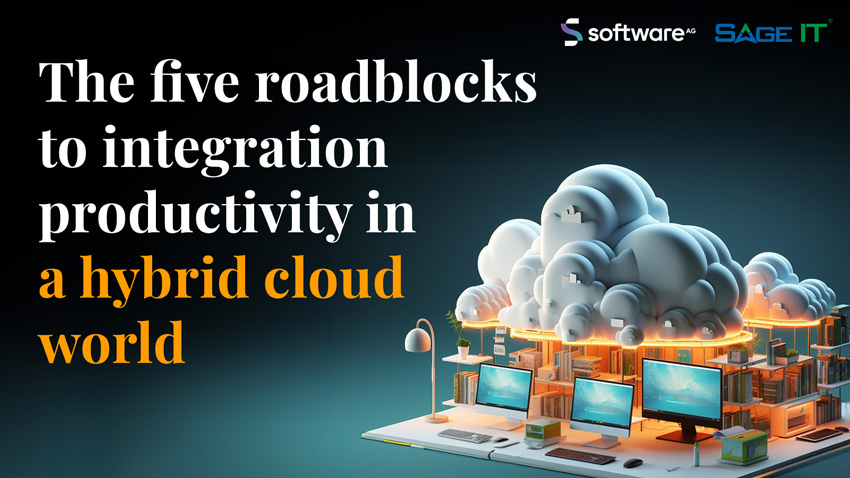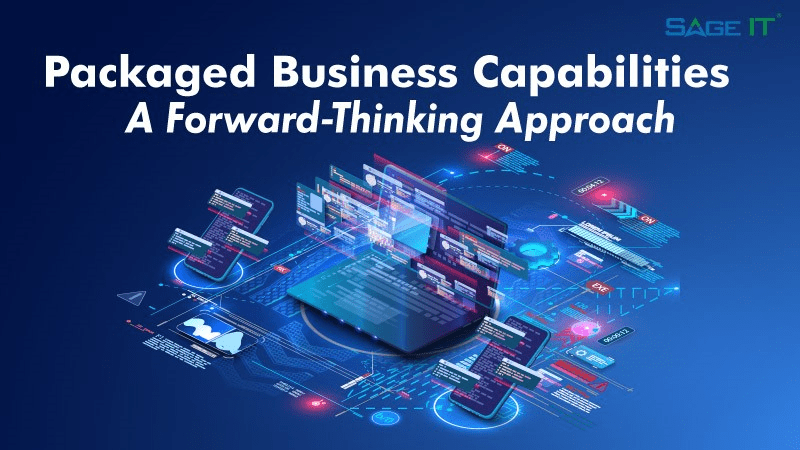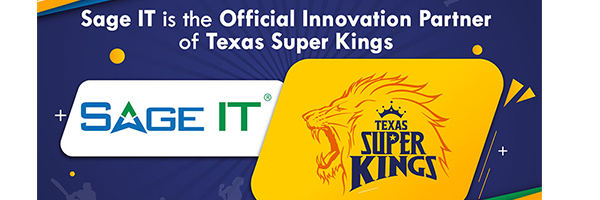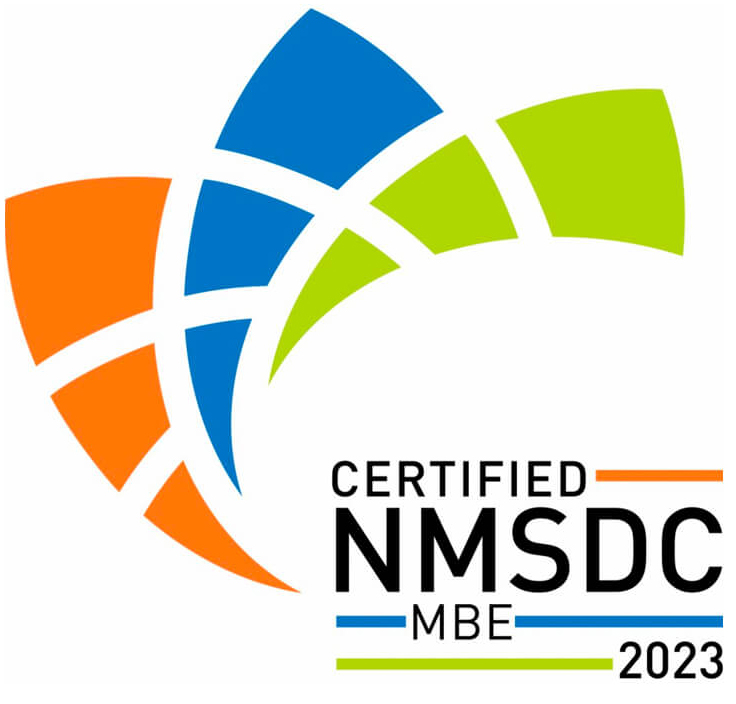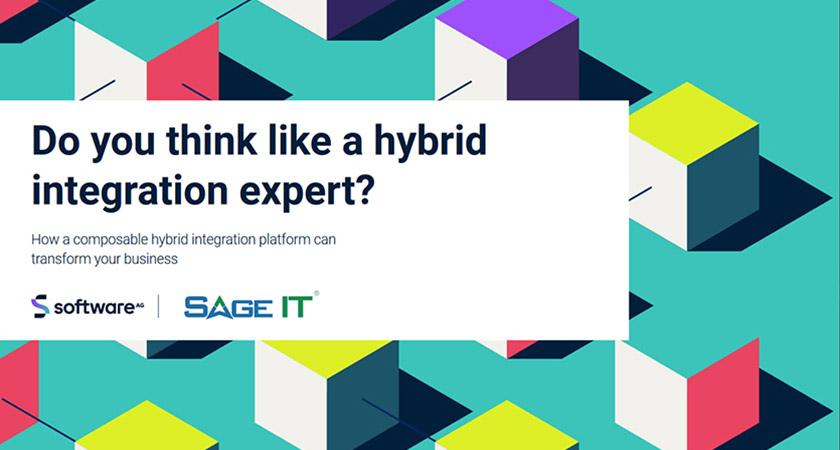
In 2001, you’d be an integration expert if you could pull data from spreadsheets into packaged applications installed on your basement servers. In 2022, that would barely get you novice status.
To be an integration expert today you need to implement a composable hybrid integration platform that enables you to integrate SaaS apps, on premises applications, APIs, data, partners, and even files incrementally. But it’s even harder than you might think.
Integration is getting more difficult:
- Customer data needed to improve customer experience shows up in SaaS tools for sales and marketing, but it also might be found in old-school financial systems and support applications—as well as text messages, emails, and files you exchange with partners.
- Product data needed to evaluate success and build the product roadmap is captured in centralized on-premises systems but might also be tracked at sales endpoints.
- Essential processes such as order-to-cash that straddle business units and OEM partners can take anywhere from 2 minutes to 2 months to complete, and when systems are upgraded or replaced, visibility can get even murkier.

The key to this is not just integration, but hybrid integration that connects to all potential data sources, whether cloud-hosted, SaaS, or on premises, that has the flexibility to be deployed anywhere, and that has a composable framework so that you can proceed incrementally according to business priorities.
So are you, too, a hybrid integration expert? Find out whether you think like this elite class of integration specialists by taking a self-assessment in this eBook and learn how a composable hybrid integration platform can transform your business.

